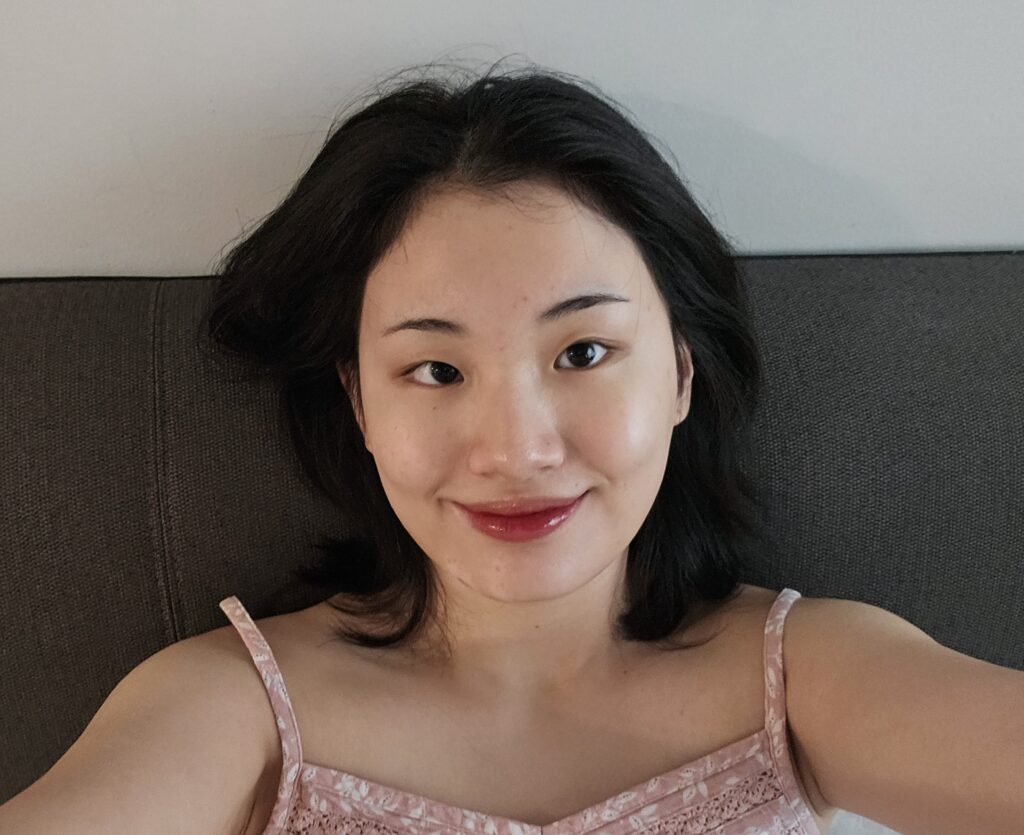YouTube is a great resource for language-learning—you can learn new vocabulary, ways to use grammar structures, and hear different accents. If you’re just starting out your expedition into French YouTube, I’ve made a list of channels that can help you get started! These are more suitable for intermediate and advanced learners, as these videos only have auto-generated captions, and creators tend to speak quickly and use slang. (Sidenote – I found out the word in French is “youtubeur.euse” and I love it.)
Continue reading “YouTube en français”Leilani’s tips for keeping a language journal!
I have a terrible habit of hoarding blank notebooks, fancy pens, and cute stickers. So instead of letting them continue to sit in my desk drawers forever, I decided to start a language journal! The concept is simple yet effective: try to use only your target language to fill up a journal! I’ve been writing entirely in Chinese, but this method works for any target language. Honestly, I find journaling to be challenging, but here are some tips (and prompts!) for you to begin and stay motivated to write your very own language journal!
Continue reading “Leilani’s tips for keeping a language journal!”Master the AZERTY keyboard with French typing tests!
One of the first things I did while taking French 110 (now 111/112) was add a French keyboard to my laptop and phone. What I didn’t know as a beginning French student was that even the French keyboard layout is different!

This layout is called AZERTY, with all the additional French characters (ex. ç, é, and à) arranged on number and symbol keys. It also swaps the positions of Q/A, W/Z, and M, which actually helps you type in French faster, believe it or not! As you advance in French, improving your typing (“la dactylographie”) skills will make a difference in typing emails, essays, and texts. Here are two typing practice recommendations to boost your AZERTY typing skills!
Continue reading “Master the AZERTY keyboard with French typing tests!”Heal your inner child with Chinese kids’ cartoons!
Reading Sara’s post on Soviet Winnie the Pooh truly inspired me. As a beginning Chinese student, I love watching C-dramas, but sometimes it’s a bit challenging to understand what’s going on, especially with the complex love triangles! Children’s cartoons are a great way to introduce yourself to more Chinese media, especially because they’re designed to use elementary-friendly language. Even if they don’t have captions in English, the animation style can make it easy to pick up on the story and characters. Here are some recommendations I’ve found, plus a bonus C-drama recommendation!
喜羊羊与灰太狼 – Pleasant Goat and Big Big Wolf
Practice your French and learn some science!

Sometimes the best way to practice a language is by just passively listening to it. This could be in a movie with subtitles, or just an interesting video on YouTube. I see it as letting your subconscious absorb the language through osmosis. Is that even a thing? Maybe there’s a science channel that talks about science-y stuff like that. Wait… there is!
C’est Pas Sorcier is a TV show available on YouTube that explains all kinds of science-related stuff in French. They’re meant for middle and high school students whose first language is French, so they do speak a little fast. I would recommend it for intermediate French speakers (A2 level). My personal favorite is “Comment fonctionne notre électroménager?”, it’s very interesting and the characters are really funny. This show is shown A LOT in French high schools, it’s very nostalgic and even though they’re still releasing new videos, they’ve kept their vintage essence. Go check it out!
Here’s the link to the channel! https://www.youtube.com/@Cestpassorcierofficiel
The Duolingo French Podcast: Découvrez l’histoire de Joséphine Baker
Are you looking for more ways to immerse yourself in French? Podcasts are a great way to implement French into your everyday life. It’s especially important to engage with the language outside the classroom. Whether you’re taking a walk around the canyon, getting lunch in Commons, or trying to fall asleep, a podcast can add a lot more French exposure to your life. It’s a simple way to improve your French comprehension, vocabulary, and cultural knowledge. At the same time, it can be difficult to find the right one. For beginning to intermediate students, I have a recommendation for you: The Duolingo French Podcast!
Continue reading “The Duolingo French Podcast: Découvrez l’histoire de Joséphine Baker”Meet Sabrina! (Latin)
Salve! I’m a senior English major and Greek and Latin minor, and I have taken Latin classes from Alice, Ellen, and Sonia. I’m especially interested in the intersections between Latin and English literature, and am currently writing my thesis on the influence of Apuleius’s The Golden Ass on Early Modern English comedy and romance. I am eager to help with all kinds of Latin study, such as vocab memorization, preparing for exams, practicing forms, or talking through translations. Whatever it may be, I am here to support you, and I will do my best to cater to your specific needs.
LangLabbie note: Visit the Language Lab for Sabrina’s drop-in hours!
Meet Teagan! (French)

Hi! I’m Teagan, a sophomore international policy studies major. I’ve taken French courses since middle school and have taken classes with Catherine (211) and Hugh (212). I’m happy to help you learn the fundamentals of French and any area of concern! Feel free to email me (tkspillane@reed.edu) if my scheduled times don’t work for you and we can work something out.
LangLabbie note: Teagan can help you out with 100- and 200-level French classes!
Meet Miriam! (or Masha)

Hi and привет! My name is Miriam, and I am a sophomore linguistics major.
I took Russ 111 in the fall of ’23 with Zhenya. As a recent first-year Russian student, I know what is expected and will happily help with homework, practicing conversation, or checking grammar. I look forward to working with you!
LangLabbie note: Drop by the Language Lab to see Miriam’s hours!
I tested every Spanish-learning app. Here’s what I found.

I was recently asked what the best apps for learning Spanish were, and since I haven’t learned Spanish through apps in a while, I wasn’t sure. So, I dove back into the world of language-learning apps to see if anything had changed.
Continue reading “I tested every Spanish-learning app. Here’s what I found.”